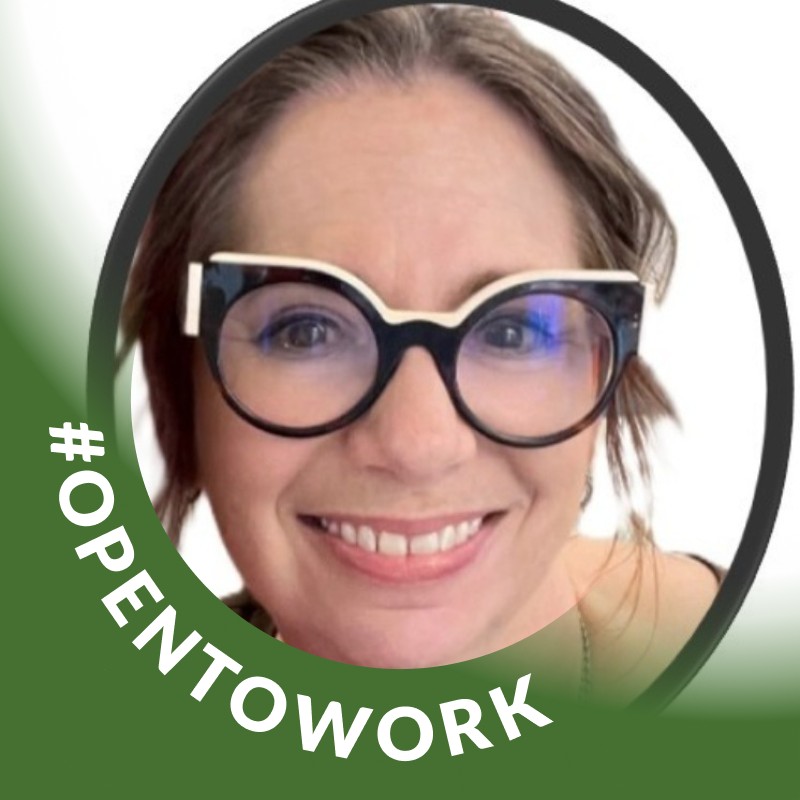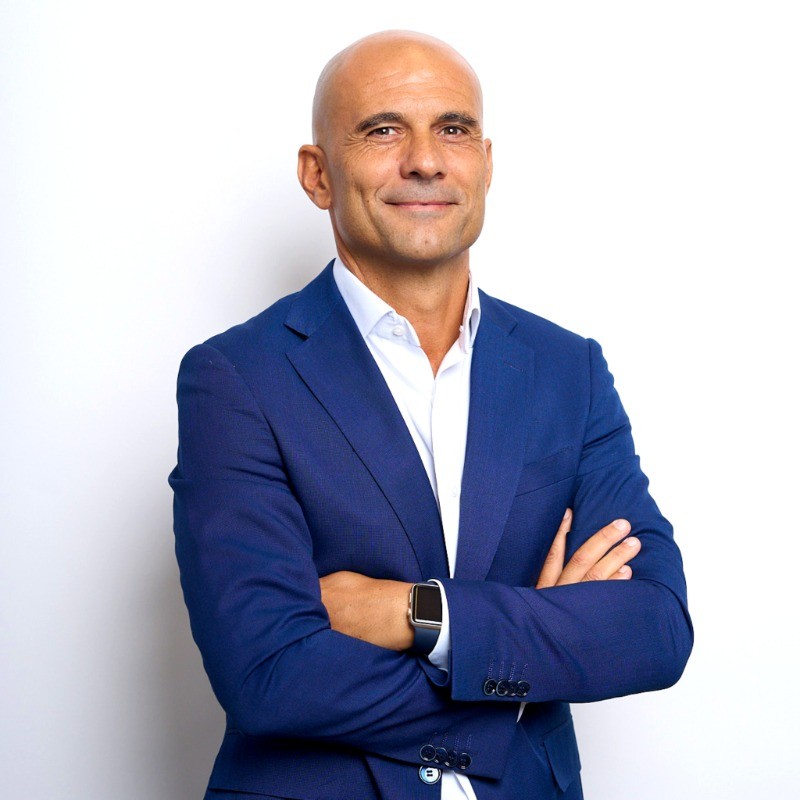Interview with
Mindset and Introspection as the catalyst for authentic inclusive leadership

Mindset and Introspection as the catalyst for authentic inclusive leadership
In this interview with Jessica Gilbert, international expert in Diversity, Equity & Inclusion with over two decades of experience at companies such as Johnson & Johnson, Cisco, and IFF, we explore the concept of “mental playlists,” how leaders can integrate introspection into their leadership style, the differences between the US and European approaches to D&I, and the tangible impact of inclusive cultures on innovation and business results.
Contents
- What are the unconscious thoughts that most often prevent leaders from becoming inclusive?
- How can a leader practice introspection to make inclusion an integral part of their leadership style?
- What differences do you see between the approach to D&I in the United States and in Europe?
- How can we help leaders recognize the “differences that make a difference” within their organizations?
- In what ways does an inclusive culture truly accelerate innovation and deliver tangible business results?
- What concrete examples have you seen where an inclusive team produced solutions that would not have emerged otherwise?
- What practical piece of advice would you give to an HR leader who wants to start integrating inclusive behaviors tomorrow morning?
1. What are the unconscious thoughts that most often prevent leaders from becoming inclusive?
We all have a mental playlist that we have absorbed throughout our lives and like the song that gets stuck in our heads that we don’t realize we’re humming, they influence the way we make sense of the world around us and influence our reactions and behaviors and what we think is possible. Some messages are directed externally on others, some internally on ourselves—both create blinders.
For example, what are the messages you have around leadership? Who is a leader? The “see male, see leader” is a persistent tune that exists around the world and that shows up in subtle (and not so subtle) ways, being asked to take notes at a meeting instead of being asked to lead it, being denied opportunities because the tune says that women with young children aren’t going to want to travel so you don’t offer the role or project, robbing them of the ability to make their own choice. Who gets seen, who gets talked about are all influenced by the messages that hum in your head—it’s easy to recognize potential and promotability when it looks, acts, sounds just like that hum.
Another example: “A leader has to have the answers.” This is one that I see a lot of new leaders hum. Rather than soliciting input or asking questions to help their team find their own answers, they jump in to share their answer, and focus on fixing the problem. By doing so, they shut down the discussion, silencing their team, stopping the flow of new ideas or different solutions. Voices are no longer heard.
2. How can a leader practice introspection to make inclusion an integral part of their leadership style?
In inclusive leadership, mindset is the catalyst for true transformation! It’s what shifts behavior from being a checklist to becoming an authentic part of a leader’s DNA. It can also be challenging because this shift requires introspection which, given demands on leaders today, falls through the cracks if we’re not careful. Introspection is also not simply a cognitive exercise.
Somatic awareness: Your body reacts to situations before your mind does. Notice when your shoulders or stomach tense, when your breath becomes shallow. When do you withdraw? Notice when your attention shifts to your phone, your to-do list, are you crossing your arms, slumping in your chair? What are the circumstances? Who is speaking? What’s happening? Track these reactions for a week or two and see what patterns emerge. Explore the sensation, identify the feelings that you’re experiencing when your body reacts. What were the melodies playing on your mental playlist at the time? Where did those melodies come from? Are they serving you now?
Practice the pause: Awareness is the first step. The next is reclaiming your power by practicing the pause. The way we disrupt behavioral and cognitive patterns is by recognizing when they are being triggered and creating space to make different choices. One of my favorite quotes comes from Viktor Frankl’s book Man’s Search for Meaning:
“Between stimulus and response, there is a space. In that space is our power to choose our response. In our response lies our growth and freedom.”
Try this: Take a deep, slow belly breath, hold, release it slowly. Do it a couple times. Notice the difference in your body. This can be used in the moment to give yourself space so you can make a conscious choice to use a new behavior. Feel yourself getting tense before a meeting? Put on some music and dance. Don’t fall into the trap of busyness=productivity—create pauses in your day. Get outside in fresh air for a few minutes. Walk around the halls or up and down the stairs. Developing a personal mindfulness practice is something you can also draw upon to help create space.
3. What differences do you see between the approach to D&I in the United States and in Europe?
How you approach DEI starts with the why. Why is DEI important to your organization and to your leaders? It needs to reflect an understanding of the geography’s historical, cultural and economic realities as well as the current zeitgeist. While we make the business case for DEI in the US, that may be less motivating in a European context where a focus on reputation and talent attraction may resonate. Understanding what is important in your context, to your leader will make all the difference in gaining traction.
4. How can we help leaders recognize the “differences that make a difference” within their organizations?
To discover the differences that make a difference starts with understanding the intersection of people and business strategies. Workforce planning, growth strategies, evolving needs of changing workforce are all factors that can contribute to what differences make a difference in your organization.
The other way to think about differences that make a difference is through identifying In groups and Out groups. These exist in many different forms. While many default to social demographics like ethnicity, gender, disability etc. these aren’t the only ones. In addition to social demographics, organizational structure (functional and hierarchy), geography are all examples of how in-groups & outgroups can show up.
Ask yourself whose perspectives are dismissed, questioned, held to higher standards. What groups get the benefit of the doubt when mistakes are made? Whose voices are kept at the edge? Whose sentiments on employee engagement surveys are lower than others but dismissed as inconsequential?
5. In what ways does an inclusive culture truly accelerate innovation and deliver tangible business results?
An inclusive culture is one where voices are heard, people are respected, new and different ideas are welcome from everyone, healthy debate happens, and people work together to achieve a common purpose. In this kind of environment, real business outcomes are achieved:
- Deloitte research found organizations with inclusive leaders were 6x more innovative, 6x more agile, 3x more high performing, 2x more likely to meet or exceed financial targets. (Source: Bersin by Deloitte, High Impact Diversity and Inclusion: The New Maturity Model, 2017)
- In Disrupting Bias Driving Results (Center for Talent Innovation), research showed that 34% of individuals who experienced bias had withheld an idea or solution in the last 6 months.
- Teams that have both high diversity and highly inclusive leaders are 1.8x more high performing as measured by innovation, customer satisfaction and employee engagement. (Source: Deloitte Research report, May 2013)
The bottom line is if you are trying to create high performing innovative teams, inclusion and inclusive leadership are the bedrock. Without it, you aren't able to imagine all the possibilities available to you nor are you able to truly let the best ideas rise to the top.
6. What concrete examples have you seen where an inclusive team produced solutions that would not have emerged otherwise?
Breaking down silos: Overtime and shipping delays at a plant in Asia. The plant leader formed a kaizen team including two different functional teams. Together they found a solution that they couldn’t find individually, resulting in a reduction of 10% man hours in one product and 4.5% in another.
Listening: With a growth mindset to learn from the lived experience of others, a product team tapped into their Black employee resource group to get feedback on how they planned to reach a Black audience to educate about Prostate Cancer (Black men in the US die of prostate cancer at 2x the rate of white men). Leveraging Black Churches and Black Women’s influence on family’s healthcare decisions were two approaches that were not considered because they were outside the lived experience of those on the product team.
7. What practical piece of advice would you give to an HR leader who wants to start integrating inclusive behaviors tomorrow morning?
You can’t just conduct a training or workshop—there has to be accountability. Talking about the importance of the behaviors in your expectations and incorporating the behaviors into how you evaluate talent—recruiting and promotions are low-hanging fruit. It doesn’t have to be complicated. Add 1-2 questions into your behavioral-based interviews for any role leading people. Ask questions in talent reviews about how they have demonstrated the inclusive behaviors, built inclusive cultures, or demonstrated the relevant corporate values.
Similar posts
Ragione sociale: Pack Srl
Sede legale e domicilio fiscale: Via Marconi 45, Bologna (BO) 40122, Italia
CF e P.IVA: IT04040451207
Codice destinatario SDI: USAL8PV
N. Iscrizione Registro Imprese: 04040451207

.png)













